Impressive technology makes impressive art: GRP sculptures by Norwegian artist travel the world
Amiblu GRP pipes are unbelievably versatile. They prove their worth in sewer applications, potable water supply, hydropower plants, irrigation systems, industrial projects, and art exhibitions. Yes, art exhibitions! And that’s not even a recent development.
In 1969 – the first year of production on the continuous winding machine – the Norwegian artist Siri Aurdal approached the Vera Fabrikker production plant (later Flowtite) in Sandefjord to build a masterpiece out of GRP pipes. She was fascinated by the form and versatility of the pipes and considered them perfect for giving shape to her intention: to affect how we move, influence conversations, and change patterns of behavior. The resulting GRP sculpture had the form of waves and was initially intended as climbing frame for a schoolyard.
The piece of art – partly reproduced – then went on a journey around the world: from Kunstnernes Hus in Oslo, to the Biennale in Venice, Malmø Konsthall, New York, Antwerpen, and now the National Museum in Oslo.
That’s where we recently went to admire “our” pioneer masterpiece. What an impressive reunion. And what a fantastic example of how beauti- and impactful technology can be.

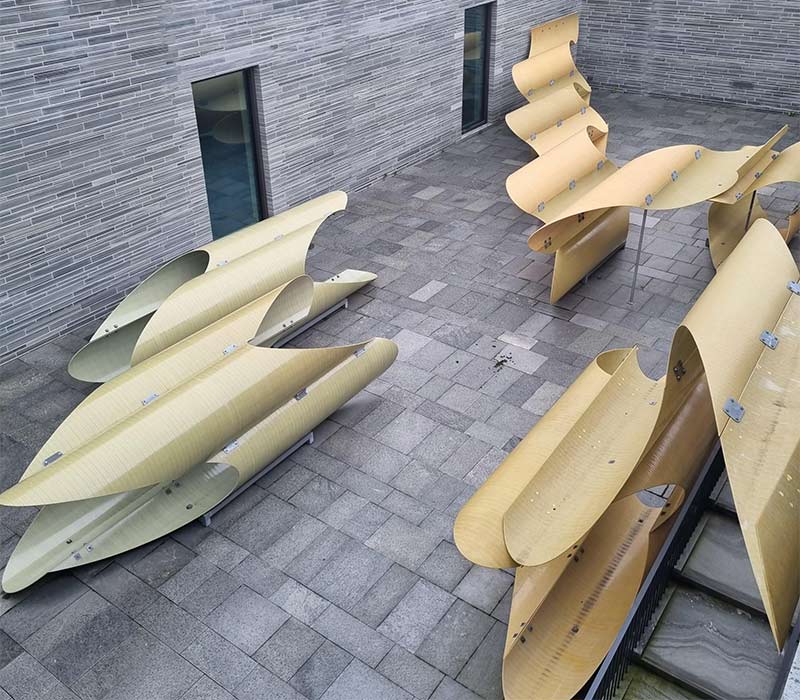
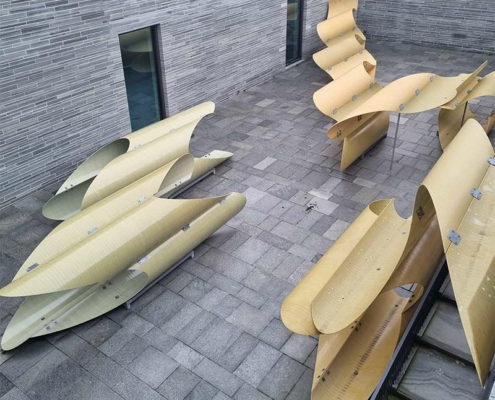
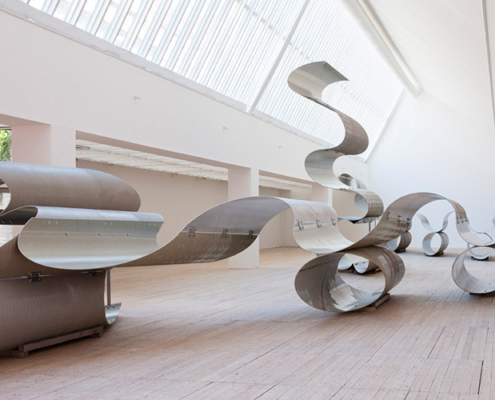
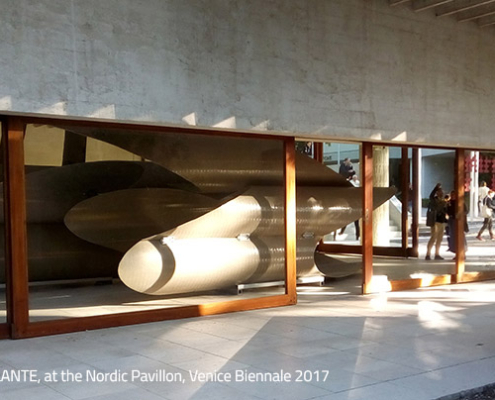
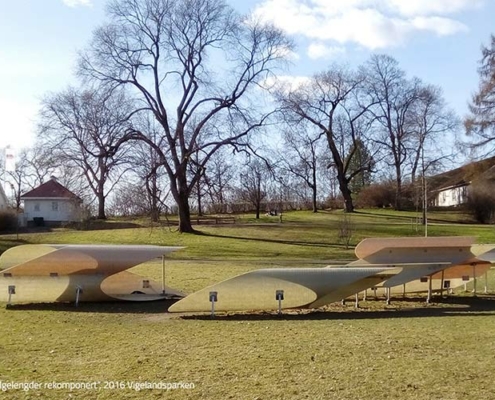
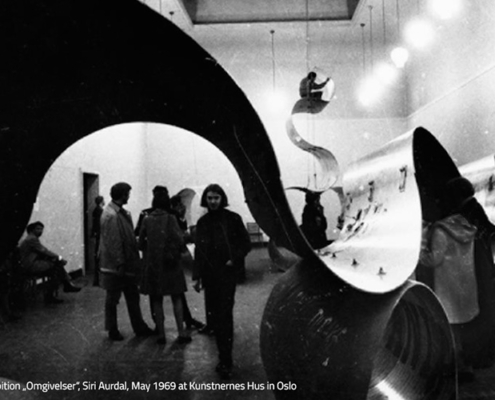
 © Jeffrey Mangione
© Jeffrey Mangione